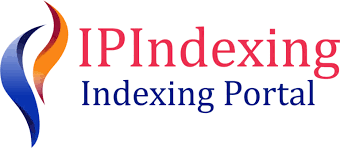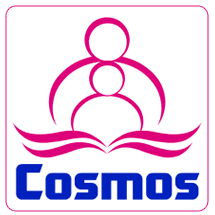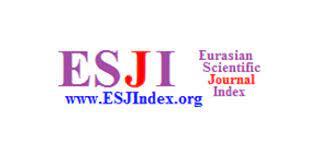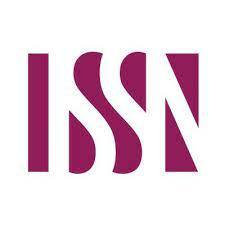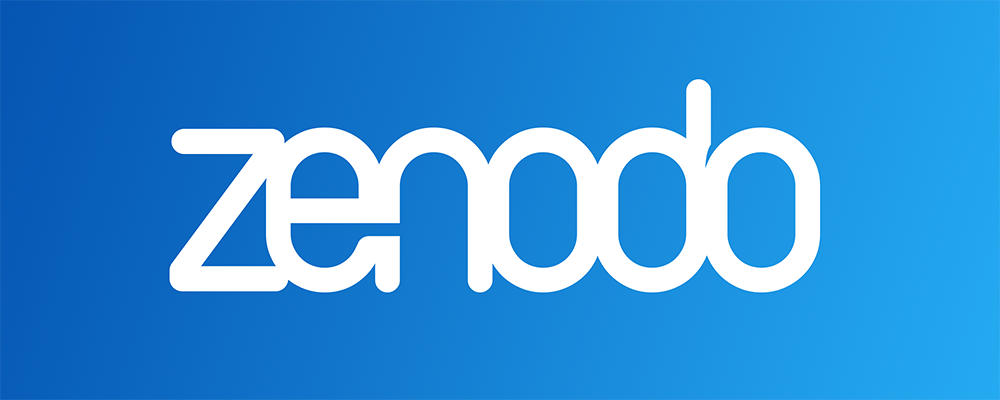Use of the Internet as Source of Information for Students: A Case Study of University of Kotli AJ&K
Use of the Internet as Source of Information for Students
DOI:
https://doi.org/10.5281/ijete.v1i2.23Keywords:
Use of Internet, Source of Information, Electronic Mail, Social Networking, EntertainmentAbstract
The major aim of the present study was to find out the use of the internet as a source of information by the students of the University of Kotli AJ&K. The objectives of the study were to identify the use of the internet as a source of information by students of the University of Kotli AJ&K. The population of the study consisted of all 2994 students studying at the BS level. A simple random sampling technique was used for the selection of the sample. The researcher selected 341 Students as a sample in this study. The current study was descriptive by nature and a survey method was applied for the collection of data. A five-point Likert scale questionnaire was used as a tool in this study. The questionnaire was validated by two experts from the Department of Education, University of Kotli Azad Jammu and Kashmir. The researcher personally visited the University of Kotli Azad Jammu and Kashmir and collected the data. A statistical package for social science software (SPSS) was used for the analysis of data. The researcher applied frequency, percentage, and mean for the analysis of data. It was found that students use the internet to access online lectures and prepare presentations. It is recommended that to improve the habit of using the internet for entertainment purposes teachers may give awareness to the students to what extent they can use the internet for entertainment.
Downloads
References
Alemna A. Anaba (2000). Libraries, Information and society. Ghana: Ghana University Press.
Bardzell, S., & Bardzell, J. (2020). Research through Design for Digital Communities. In Proceedings of the 2020 CHI Conference on Human Factors in Computing Systems.
Barnes, C., & Tynan, B. (2021). The Scholarship of Learning and Teaching in the Digital Age. Routledge.
Benoit, P. J., Benoit, W. L., & Hansen, G. J. (2006). The Effect of Traditional Versus Web-Assisted Instruction on Learning and Student Satisfaction. Andrew Meller Foundation.
Boyd, D. M., & Ellison, N. B. (2007). Social network sites: Definition, history, and scholarship. Journal of computer‐mediated Communication, 13(1), 210-230.
Burgess, J. (2006). Blogging to learn, learning to blog: In: Bruns, A., Jacobs, J.(eds.). (2006). Uses of Blogs. 104–114.
Charp, S. (2000). Internet usage in education. THE Journal. May2000, 27(10).
Creswell, J. W., & Garrett, A. L. (2008). The “movement” of mixed methods research and the role of educators. South African journal of education, 28(3), 321-333.
De la Salle, M., & Tessera, R. (2019). Characterizing a vertex‐transitive graph by a large ball. Journal of Topology, 12(3), 705-743.
Dyer, R. (2005). Only entertainment. Washington: Routledge.
Dyrli, O. E., & Kinnaman, D. E. (1996). Gaining the Online Edge. Part 2: Energizing the Classroom Curriculum through Telecommunications. Technology & Learning, 16(4), 65-70.
Espinosa, L. M., Laffey, J. M., Whittaker, T., & Sheng, Y. (2006). Technology in the home and the achievement of young children: Findings from the early childhood longitudinal study. Early education and development, 17(3), 421-441.
Gray, C. M. (2019). Academic Email Etiquette: A Composite Genre Analysis. Journal of Business and Technical Communication, 33(4), 451-479.
Gupta, Y. P., Karimi, J., & Somers, T. M. (2000). A study on the usage of computer and communication technologies for telecommuting. IEEE Transactions on engineering Management, 47(1), 26-39.
Hossain, M. A., & Rahman, M. H. (2017). Comparative study of internet usage among university students: A study of the University of Dhaka, Bangladesh. European Scientific Journal December.
Jackson‐Sanborn, E., Odess‐Harnish, K., & Warren, N. (2002). Web site accessibility: a study of six genres. Library Hi Tech.
LaRose, R., Connolly, R., Lee, H., Li, K., & Hales, K. D. (2019). Connection Overload: The Effects of Social Media Depletion. Cyberpsychology, Behavior, and Social Networking, 22(1), 26-32.
Low, A. (2003). Research rules to live by: Eight strategies to ensure that students use an on-line database effectively. School Libraries in Canada, 22(4), 30-33.
Mapua, J. (2016). Net Neutrality and what it Means to You. The Rosen Publishing Group, Inc.
Martí-Parreño, J., Aldas-Manzano, J., Currás-Pérez, R., & Sanchez-Garcia, I. (2013). Factors contributing brand attitude in advergames: Entertainment and irritation. Journal of Brand Management, 20, 374-388.
Nentwich, M. (2005). Cyberscience: Modelling ICT-induced changes of the scholarly communication system. Information, Community & Society, 8(4), 542-560.
Park, H. W., & Biddix, J. P. (2008). Digital media education for Korean youth. The International Information & Library Review, 40(2), 104-111.
Reding, V. (2005). The role of libraries in the information society. In CENL Conference Luxembourg, 29(2), 67-70.
Robins, C. S., & Eisen, K. (2017). Strategies for the effective use of NVivo in a large-scale study: Qualitative analysis and the repeal of Don’t Ask, Don’t Tell. Qualitative Inquiry, 23(10), 768-778.
Santos, S. C., Ruggiero, C., Silva, C. L. S. P., & Lemos, E. G. M. (2003). A microsatellite library for Carica papaya L. cv. Sunrise Solo. Revista Brasileira de Fruticultura, 25, 263-267.
Shitta M.B.K. The impact of information technology on vocational and technology education for self-reliance. Journal of VOC & Tech. Education, 1(1), 75-82.
Smith, M. K., & Smith, H. (2008). The art of helping others: Being around, being there, being wise. New York: Jessica Kingsley Publishers.
Strauss, S. (2003). Microcosm: bar codes show class. Globe & Mail (Toronto, Canada). Robinson, K. (2006). Do schools kill creativity?
Veletsianos, G. (2020). The Critical Role of Social Media in Higher Education. Educause Review.
Downloads
Published
How to Cite
Issue
Section
License
This is an Open Access article distributed under the term of the Creative Commons Attribution 4.0 International licenses permitting all use, distribution and reproduction in any medium provided the work is properly cited.




